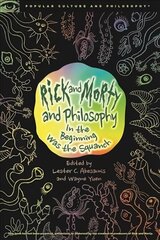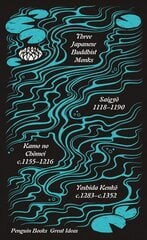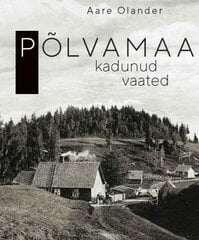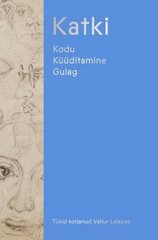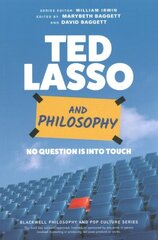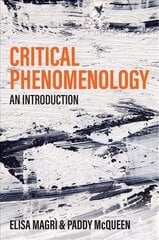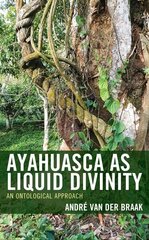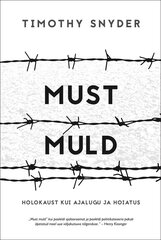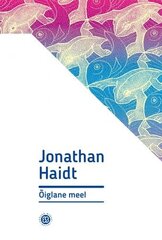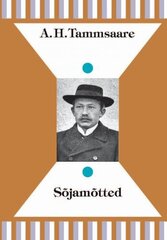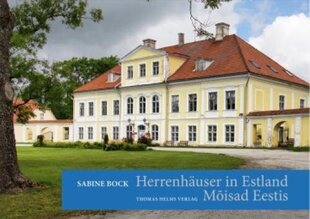Kui Sind paeluvad ajalukku jäänud sündmused ja inimesed ning sooviksid nendest rohkem teada, siis on ajalooraamatud kindlasti lahutamata osa Sinu raamaturiiulist. Selleks leiad valikust erinevaid raamatuid erinevatest ajajärkudest, inimestest ja elukorraldustest, mis aitavad Sind paremini mõista maailma, mis oli kas aastakümneid või sajandeid tagasi. Olgu selleks Eesti või välismaa - valikut pakuvad selleks erinevad ajaloolased, teadlased ja muud hinnatud autorid. Sobiva raamatu valimisel pööragi tähelepanu isiklikele huvidele ja eelistustele ning tutvu ka raamatute lühikirjeldustega, mille leiad tootekirjeldusest. Soovi korral tutvu ka teiste ostjate poolt antud harrastustega. Kasuta kõrvalolevaid filtreid ning leia endale sobiv.
Ajalooraamatud e-poest
Kui Sind paeluvad põnevad sündmused ja inimesed, mis on jäänud ajalukku just oma olulisuse poolest, siis leiad endale sobivad raamatud oma raamaturiiulile just siis. Siit leiad jutustusi, õpikuid, memuaare ja palju muid teoseid igast ajajärgust - kasuta vaid järgnevaid nõuandeid ning vali välja sobivam.
Kuidas valida sobivad ajaloolised raamatud?
Valides sobivaid ajaloolisi raamatuid, tasub eelkõige lähtuda enda isiklikest huvidest ja eelistustest, millest lugeda sooviksid. Millised ajajärgud Sulle huvi pakuvad? Milliste sündmuste detailid ja milliste inimeste elud? Valikust leiad raamatuid nii keskajast, Vana-Rooma ajast, Eesti ajaloost, sõdadest, erinevatest ühiskonnakihtidest ja palju muudki. Seepärast tutvu valikuga ning sobiva raamatu leidmisel tutvu lähemalt ka selle tootekirjelduses oleva informatsiooniga - sealt leiad üles raamatu lühitutvustuse, mis on Sulle sobiva raamatu valimisel kindlasti abiks.
Vajadusel pööra veel tähelepanu raamatu ilmumisaastale. Kuna ajaloolased avastavad aina enam uusi fakte toimunud sündmustest, võivad olla uuema ilmumisaastaga raamatud olla asjakohasemad ja sisukamad. Selleks pakuvad valikut autorid nagu A. N. Wilson, Anne Applebaum, Chris Bickerson, David Kinney, Robert Wittman, Douglas Smith ja paljud teised. Eestimaa kirjanike seast leiad nimesi nagu Ago Pajur, Hellar Lill, Lauri Vahtre, Peeter Kaasik, Toe Nõmm, Taavi Minnik, Tõnu Tannberg, Toomas Hiio, Urmas Salo ja paljud teised.
Kui elad kiiret eluviisi, võib liiga paksude raamatute lugemine tunduda kui tüütu kohustus või kui Sulle just meeldib sageli raamatuid hobikorras lugeda, siis on kindlasti paksemad raamatud Sulle sobivamad. Seepärast kasuta kõrvalolevaid filtreid ning leia endale kõige sobivam - meie valikust leiad raamatuid nii 100-leheküljelisi kui ka 1000-leheküljelisi.
Kui Sul on raamatute kohta täpsustavaid küsimusi, tasub võtta ühendust meie klienditeenindusega telefoni või e-kirja teel. Tutvu ka teiste ostjate poolt antud hinnangutega ja arvamustega, mille leiad samuti tootekirjeldustest - need on Sulle kindlasti valimisel suurenisti abiks.
Miks osta Kaup24 veebipoest?
Kaup24 on Eesti populaarseim veebipood oma mitmekülgse ja kvaliteetse valiku ja soodsate hindade tõttu. Lisaks sellele leiad siit veel mitmekülgsed tarneviisid ja ka järelmaksu võimalused. Samuti kehtib igale ostule 2-nädalane garantii - kui ostetud kaup mingil põhjusel ei sobi, on Sul õigus see välja vahetada või tagastada.
Tutvu meie valikuga ja osta juba täna!

 3...2...1....KEVAD on käes!
3...2...1....KEVAD on käes!  Outlet kuni -60%* 4 hooaja tooted kiire ja tasuta tarnega!**
Outlet kuni -60%* 4 hooaja tooted kiire ja tasuta tarnega!** 







